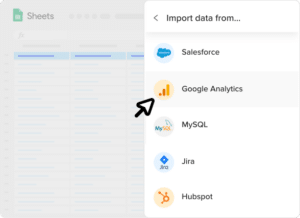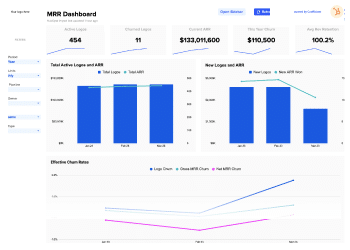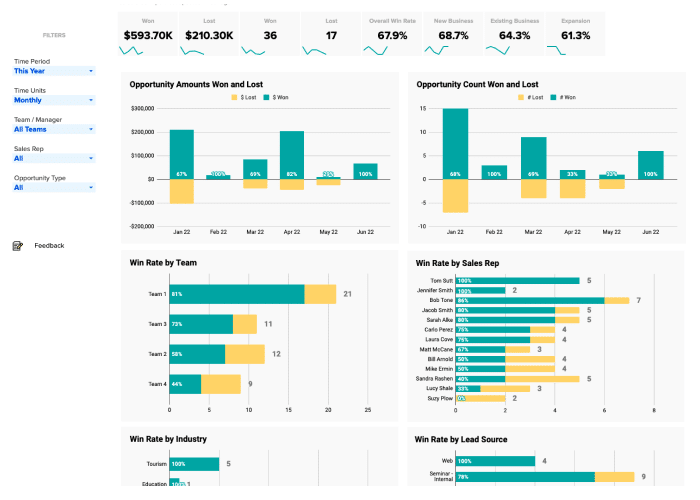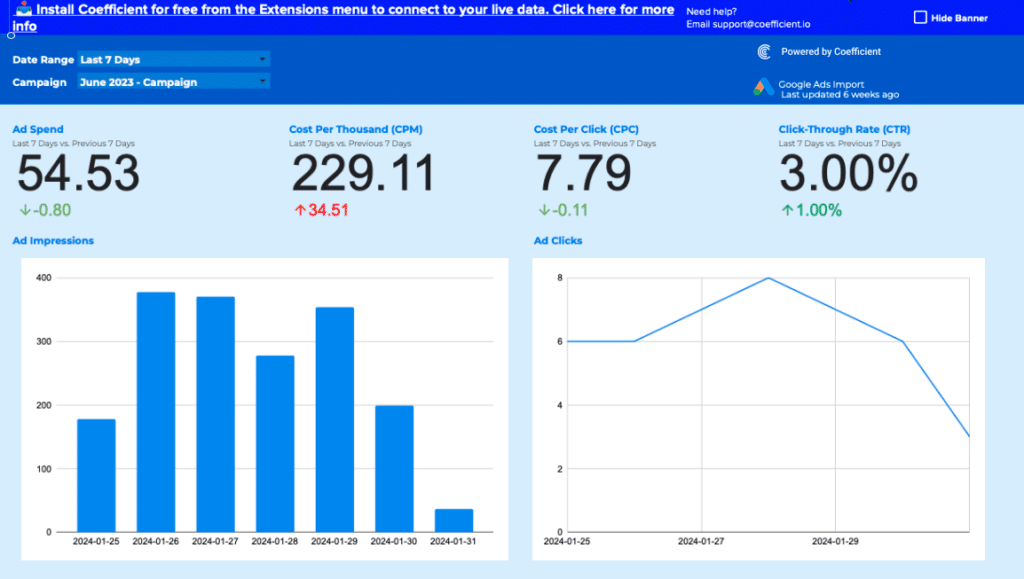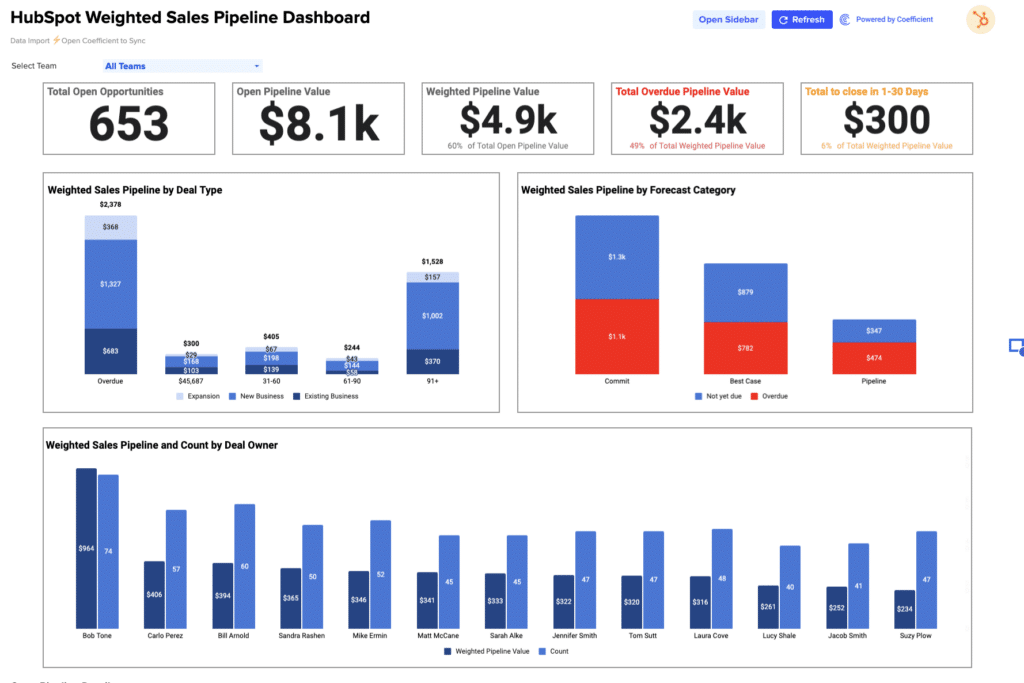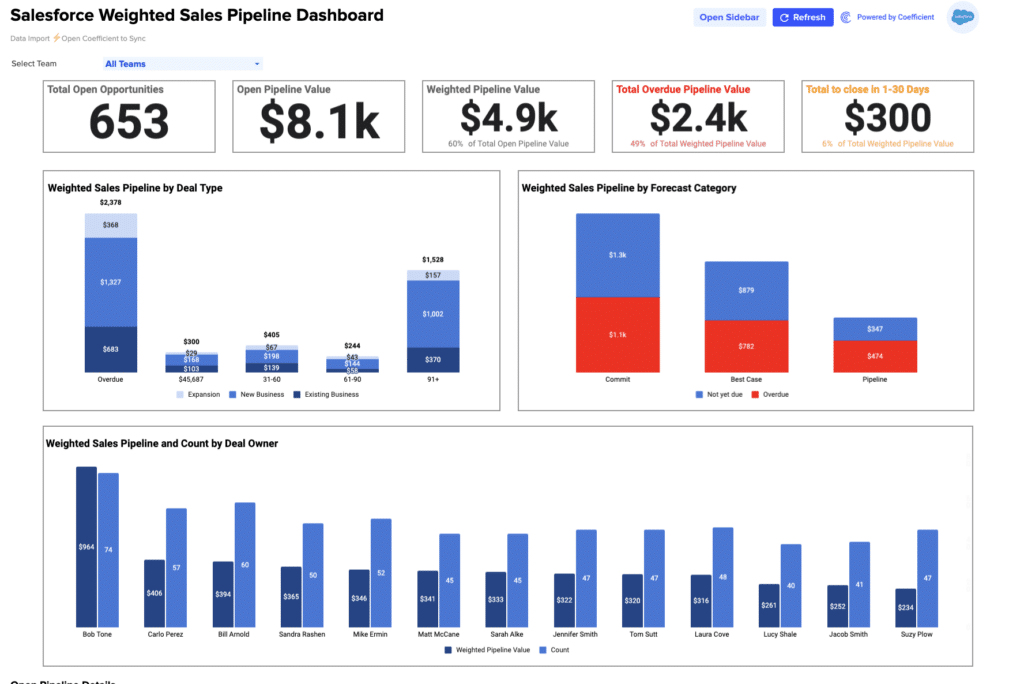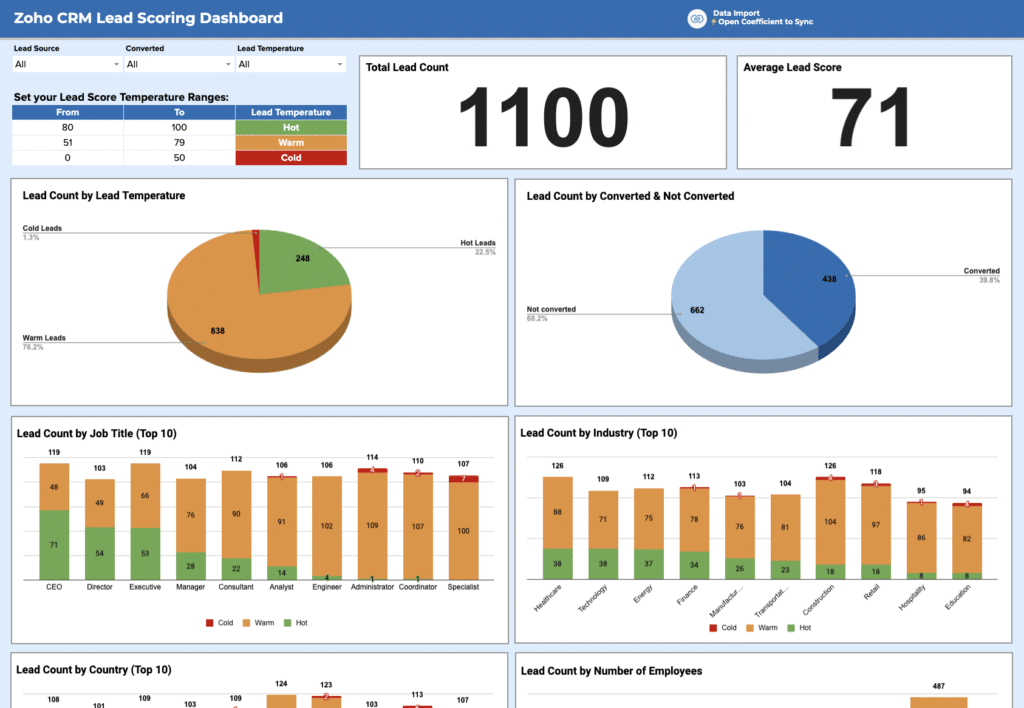Startup Growth Rate (%) = [(Current Value – Initial Value) / Initial Value] * 100
Steps to Calculate Startup Growth
- Identify Key Metrics: Pinpoint the initial and current values of the metric you’re measuring (e.g., revenue, user base).
- Apply the Formula: Substitute your specific metrics into the formula.
- Interpret the Results: Assess what your growth rate indicates about your startup’s trajectory and market positioning.
Significance of Startup Growth Rate
Startup growth rate is a pivotal KPI, shedding light on the company’s performance and scalability over time.
It helps stakeholders gauge the effectiveness of business strategies and operational efficiency.
Importance: The Value of Monitoring Startup Growth
Keeping tabs on your startup’s growth helps you:
- Track progress and discern patterns.
- Attract investors with compelling growth rates.
- Identify potential challenges early, allowing for strategic adjustments.
Real-world Example: B2B SaaS Company
Consider a B2B SaaS company that increased its customer base by 50% year-over-year by refining its customer acquisition strategy and enhancing product features based on user feedback, showcasing the impact of targeted growth strategies.
Improvement Strategies: Enhancing Startup Growth
- Optimize Marketing: Concentrate on channels with the highest ROI.
- Improve Product-Market Fit: Continuously adapt to your customers’ needs.
- Enhance Customer Experience: Build loyalty and minimize churn.
- Explore New Markets: Tap into new demographics and regions.
- Utilize Data Analytics: Base growth strategies on solid data.
Calculating Startup Growth Rate in Google Sheets
- Input initial value in cell A1.
- Enter current value in cell B1.
- Use formula =(B1-A1)/A1*100 in cell C1 to get the growth rate.
Drawbacks: Potential Downsides
While focusing on growth, startups must avoid overextending financially or neglecting key areas like customer satisfaction and product quality. Balancing growth with sustainability is crucial.
Usage Contexts: When to Apply This KPI
- During funding rounds to demonstrate potential to investors.
- Internally, to set goals and measure progress.
- In strategic planning, to pivot or scale operations based on growth rate insights.




